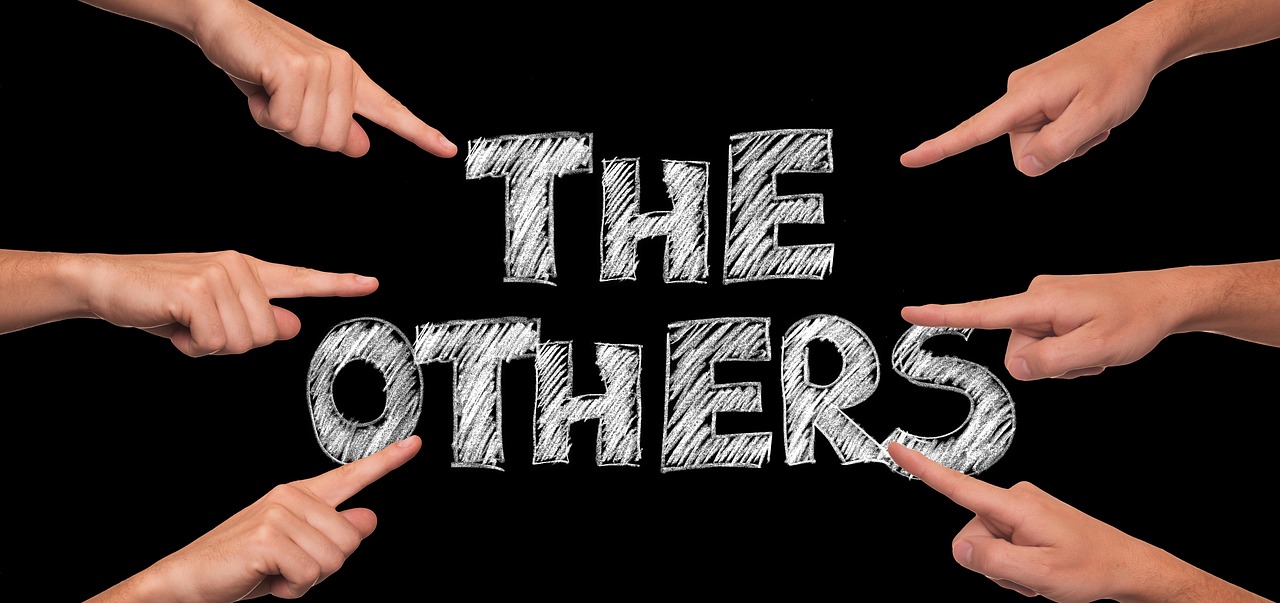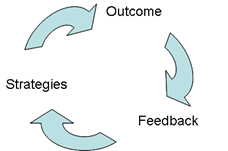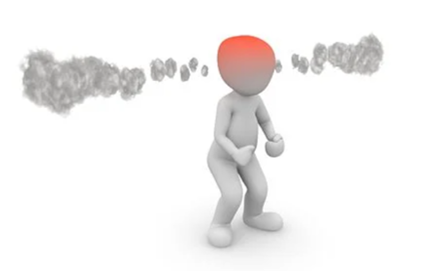Now that's Attitude! | It's all just feedback
Nov 12, 2020
“I want to get better,” he said. “I need to be a smarter player.”

I work with many different athletes on their high performance such as one promising young hockey player. At the outset, he had great passion and guts but limited confidence and skills. Slowly but surely over three years of training with me, he developed into a skillful, dynamic, and confident athlete. About two months ago, he made the first cut of an elite, provincial hockey team. A month later, he failed to make the second cut. To many, it looked like a failure.
I asked his dad how the camp had gone, and he said that it had been tremendous for his son. He told me he had never seen him play better. He thought his son might be disappointed and asked me to speak to him. I Then spoke with the mom. She too said she had never seen her son play better but suggested as well that I speak with him.
When I finally spoke to the young man, I was pleasantly surprised by how animated he was. He spoke excitedly of the training camp, the mental components, the scrimmages, the many talented athletes. When he finished, I asked him what he wanted to do next.
“I want to get better,” he said.
“I need to be a smarter player.”
I was floored. I had expected discouragement, and here he was displaying a better example of high-performance than I was. Now that’s attitude!
The blame game

As a High-Performance Trainer, I guess I was expecting the kind of athlete that is often referred to me by coaches—one with an attitude problem. This kind of athlete makes any number of excuses for not winning (and sometimes even for winning). They relate failure to coaches, parents, equipment, and even the weather.
Sometimes they place the blame rightfully and squarely on their own shoulders, but even this can be counterproductive. Blaming, making excuses, and targeting oneself are only helpful from the perspective of your opponents (they then don’t have to do it.)
Attitude is critical
Attitude—how you view the world—is critically important. For example, in practice, you may have a personal best. Then at the tournament, you miss goals or baskets or times unexpectedly and get angry. Perhaps it is the time of day or your parents are watching, or your coach is absent.
Perhaps you change your technique after watching one of your role models or at the suggestion of someone you admire. Perhaps you get psyched out by an opponent. The result is that you end up feeling bad and you miss the obvious ways to improve. You sulk or throw a fit and threaten to quit—some attitude.
The flip side of great attitude - conceit

In another competition, you have your personal best. You jump up and down and tell everyone and get published in the local newspaper and bask in the spotlight and tell your grandma. You walk around all tall and puffed up or shuffle around in mock humbleness. But the feeling is so good that you miss all the components that resulted in your success. You miss the obvious ways of getting even better and more consistent. Now others want you to quit—some attitude.
Initially, we don’t even know we have attitude, but after a certain age, we start to become self-conscious of how we perform and blame others for giving us a reason to be self-conscious. Perhaps we are used to being great, natural athletes, and then a parent puts sporting equipment in our hands, and we are not perfect anymore. We get embarrassed, defensive, and impatient with ourselves. Our self-worth gets tied to our score and we get a little bent out of shape, something that can last a lifetime.
It’s all feedback

In order to prevent a negative attitude from happening or to create a positive attitude, we need to take advantage of our losses, mistakes, and even wins. And this is done by KNOWING that we will get our end result (Outcome) in the future; by UNDERSTANDING that everything is merely feedback—nothing is bad or negative or stupid; and by ACTING on the feedback with all the strategies we possess.
Every piece of feedback reveals information that, once processed, can propel us toward our outcome. In the absence of blaming, beating yourself up, gloating, etc., we have an incredible opportunity to learn. By stopping the negative from creeping in, we start to perceive the obvious and the subtle—and everything in between.
The young hockey player is an example of this is. Every game he plays he asks, “How can I get better and smarter?” With every injury, he asks, “How can I get stronger and stay injury-free?” And with every person who pulls him out of the Zone, he asks, “What can I do to prevent that?”
The diagram below illustrates how this kind of thinking keeps looping back in a way that moves us closer and closer to our outcome.

This is the simple process that, when displayed, comes across as a great attitude. There is never frustration or doubt about the outcome. Getting cut in hockey or missing nets is simply feedback. The athlete acts on the feedback by using technical and/or mental strategies and then tests out the changes. Each change gets them closer to their outcome and the loop begins again. That, in essence, is a great never say die attitude.
Attitude in posture
Since everyone can see attitude in posture, let’s use this measure in an attitude-building exercise. First, remember a less than stellar performance in your game. Examine it closely. Visualize an image of yourself and notice the tension or the hang-dog look or the frustration.
Then take another mental image, this time of a top athlete in your sport, and compare that image to your image. What do you notice? What are the postural differences?
Once you have a clear idea of the differences, make some changes to the image of yourself. That’s right. Simply “redraw” the mental image of yourself. Make yourself look as tall as the top competitor in your sport. Put yourself in the Zone like him or her; make yourself as intense etc.
When you are satisfied with the similarity of your image to this athlete, imagine yourself stepping into the shoes of the new you. Feel yourself taking on the new posture and qualities. Do this daily and then notice how you feel in your next competition. Can you stay in the posture of an elite athlete (and the Zone) through thick and thin? What pulls you out of it? Can you show attitude and fix it?
After every competition, evaluate how you did and use it as feedback. Reexamine your posture and continue to loop back through this process until you feel comfortable with your game. Like any strategy, it takes practice. It takes persistence. And it takes attitude.
Blaming, using excuses, and beating ourselves up (with a loss or a win) clouds our ability to challenge ourselves to become more skillful and better competitors.

We need to set our outcomes, act on the feedback, and continually apply strategies—such as examining our posture—to make positive changes to our performance. When we learn to do this well, we will have the kind of attitude that will Own the Zone.
Don't miss a beat!
Get high-performance tips and updates delivered to your inbox.
We hate SPAM. We will never sell your information, for any reason.
